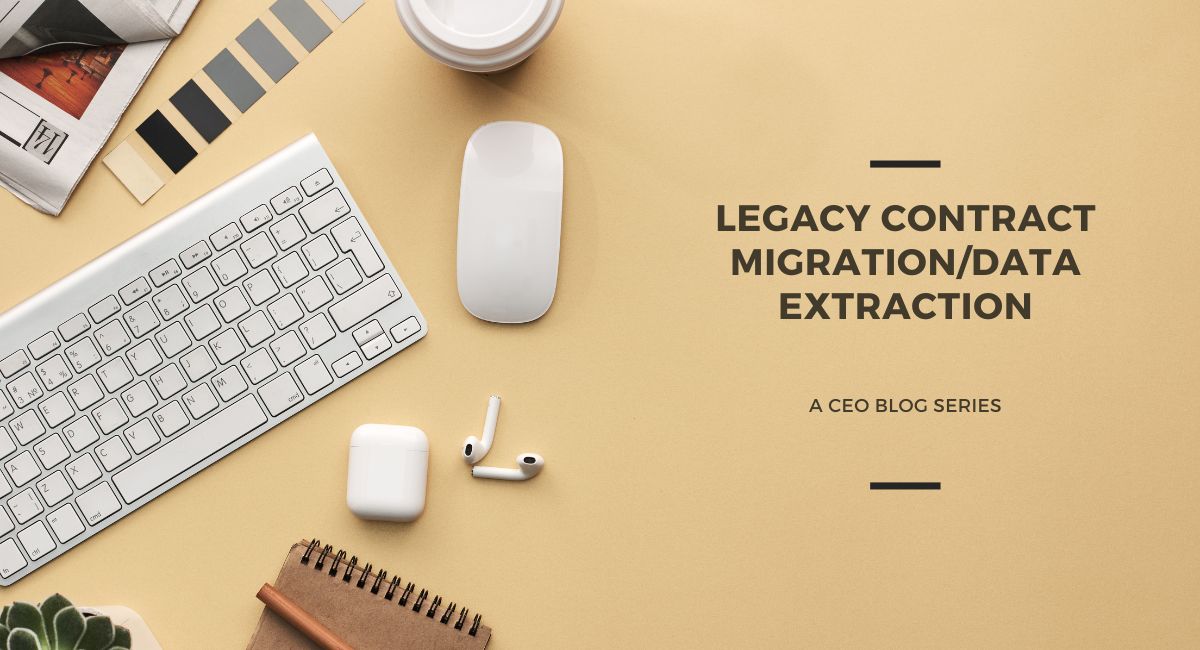CEO Blog 10: Legacy contract migration/data extraction

Welcome to the Brightleaf CEO blog series on Legacy Contract Migration/Extraction. Explore why your business needs to extract and migrate its legacy contracts.
Companies that are embarking on getting a handle around their contracts, tracking the salient terms and data points, creating templates for contract types and clause libraries, workflows, etc. often ask Brightleaf similar questions.
This is the final blog entry for Legacy Contract Migration/data extraction. What better to do than summarize what the other blogs contained. Here they are:
Part 1: What is legacy contract migration and why do I need to do it?
Part 2: What attributes do I extract and ingest into a CLM during the legacy contract migration process?
Part 3: Can I extract and track my business-specific information?
Part 4: Can AI software handle it all?
Part 5: I have 300k documents! What do I migrate into a new CLM system?
Part 6: How do I prepare my legacy documents for ease of migration into a CLM?
Part 7: I want to know if my contracts are risky. How do I do that?
Part 8: What are the best practices for legacy contract migration/data extraction?
Part 9: How do I extract contract obligations? And what do I do with the information?
About Brightleaf
Brightleaf helps companies manage their contracts and risks by extracting information from their most important documents. Utilizing its own AI/NLP Software to analyze contracts and extract/track all meta-data elements, clauses/provisions, obligations, and any custom attribute, Brightleaf provides an insight that is crucial to any company function.
If you would like to learn more, we would be happy to schedule a brief exploratory conversation at a time that’s convenient for you.
